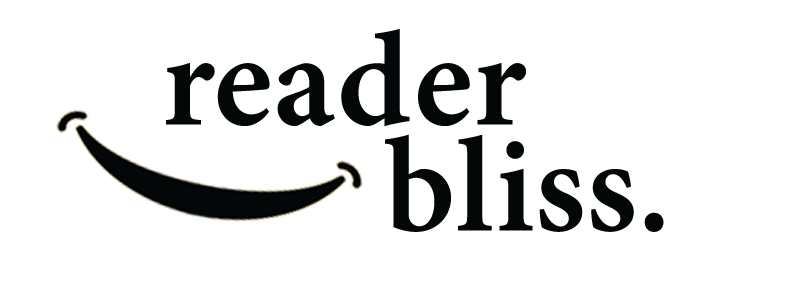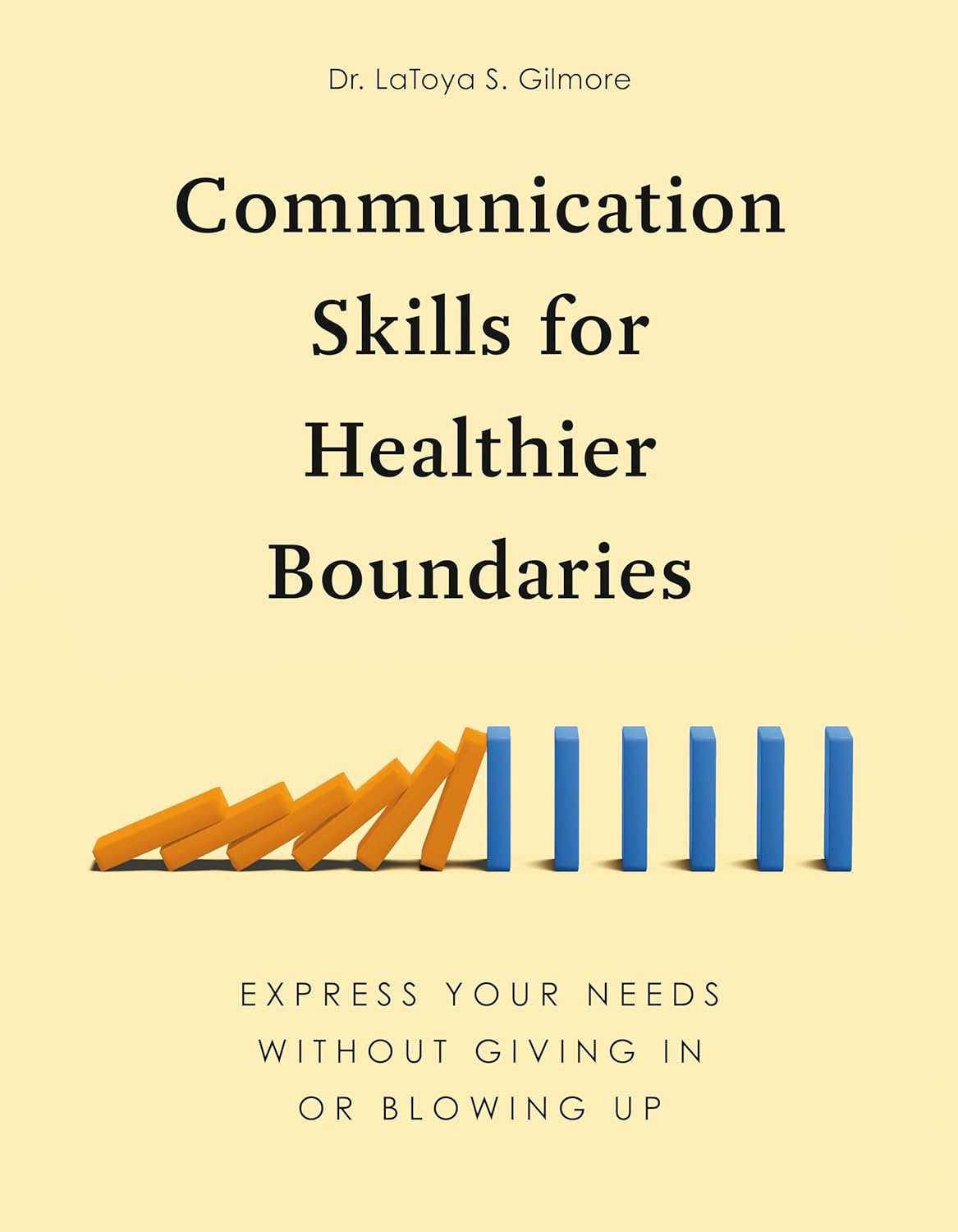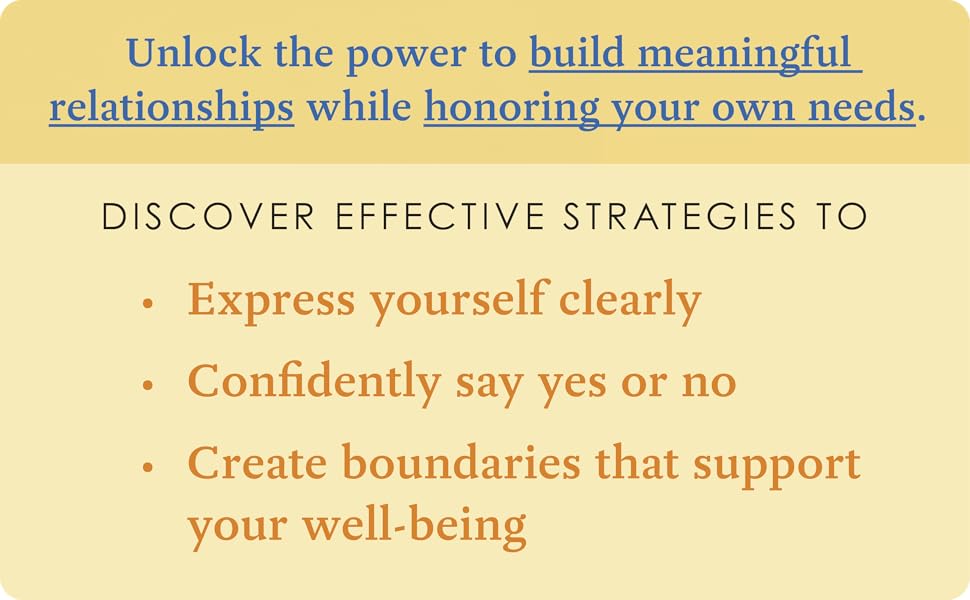I recently delved into "Communication Skills for Healthier Boundaries" by Dr. LaToya S. Gilmore, eager to find guidance on a topic that I feel deeply resonates with many of us—learning how to assert our needs without feeling guilty. I’ve been interested in self-help and emotional wellbeing for quite some time, and the concept of setting healthy boundaries is one that feels particularly vital in today’s fast-paced and often overwhelming social atmosphere.
Dr. Gilmore effectively addresses the common struggles many face when it comes to voicing their needs. The book opened my eyes to the harmful patterns of people-pleasing and explosive reactions, which I’ve often found myself caught between. One of my favorite aspects of this book is how it offers essential tools for breaking free from these patterns, promoting communication with clarity and confidence. It reinforces the idea that it’s possible to set firm, healthy boundaries without the accompanying guilt or fear of conflict.
One of the strengths that stood out to me was the inclusion of both verbal and nonverbal communication skills alongside real-life dialogue scripts. These practical elements made the teachings feel accessible and applicable. For instance, the section on applying core communication skills to common scenarios—whether it be within personal relationships or at work—was particularly valuable. I found myself reflecting on my own daily interactions, thinking about where I might implement these newly gained skills.
However, not everything was perfect. While Dr. Gilmore provides numerous tools and strategies, I felt at times the information could be overwhelming. There are a lot of exercises and activities, which, although beneficial, might require more time than I anticipated. I also noticed that some readers mentioned finding the tone somewhat clinical, which might deter those looking for a more casual self-help read. I tend to agree with this assessment. While I appreciated the professional insights, I wished for a little more warmth and relatability in some sections.
The book’s focus on learning to communicate your needs as a means to achieve healthier boundaries aligns beautifully with Dr. Gilmore’s message: "Do you feel resentful because you didn’t speak up? Do find yourself saying yes when you really mean no?" These questions resonated deeply with me as I reflected on my life experiences. The tools provided not only aim to improve personal relationships but also promise to foster individual well-being, a theme that runs throughout the book and is especially refreshing in a self-help landscape that can sometimes feel prescriptive or rigid.
In essence, “Communication Skills for Healthier Boundaries” offers much-needed insights for anyone struggling with boundary-setting. The practical activities aimed at building assertiveness and self-awareness empower readers to take actionable steps toward healthier communication. While it brings its fair share of challenges, particularly in terms of information density, the value it provides in terms of personal growth and relationship management is significant.
I wholeheartedly recommend this book to anyone interested in personal development, especially those who identify with challenges in expressing their needs. It’s a wonderful resource for both beginners in this journey and those who have long been navigating the tricky waters of interpersonal dynamics. Prepare to embark on a journey of self-discovery and healthier connections—your future self will thank you!








